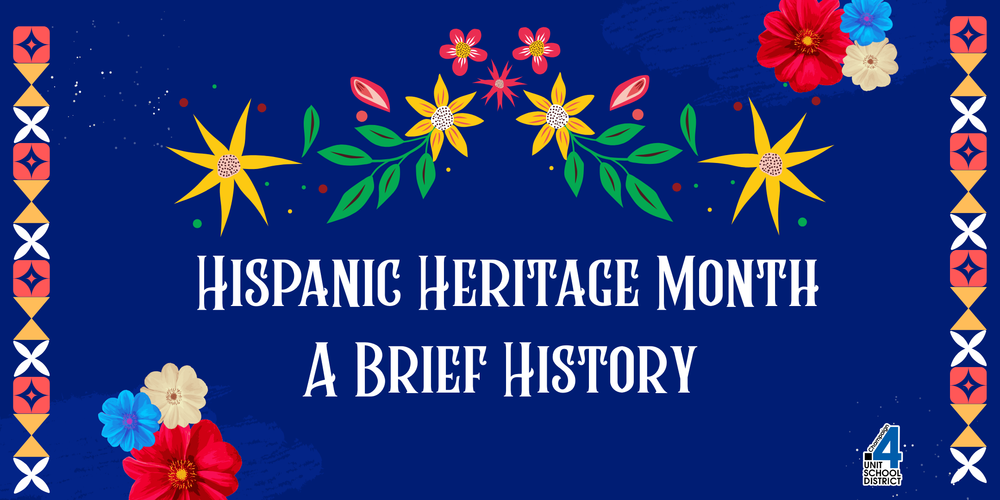How did Hispanic Heritage Month come to be? In 1968, a member of Congress had an idea. Representative Edward R. Roybal, a Mexican American congressman from Los Angeles, believed that the stories, traditions, and contributions of Hispanic Americans deserved to be in the spotlight. That year, Hispanic Heritage Week was established.
Communities celebrated with music, food, literature, and history lessons. Families shared their traditions, and schools highlighted the many ways Hispanic culture shapes our daily lives. Before long, it became clear: one week wasn’t enough.
In 1988, the week grew into Hispanic Heritage Month, a full 31 days stretching from September 15 to October 15. The dates hold special meaning: many Latin American countries celebrate their independence around September 15, and Mexico’s falls on September 16. By choosing this time of year, the celebration connects U.S. communities to important milestones across the Americas.
Today, Hispanic Heritage Month is more than history. It’s a living story told in classrooms, hallways, and homes. It honors teachers, artists, leaders, and students who shape our future. It’s in the books we read, the songs we hear, and the friendships we build.
As a District, Unit 4 is proud to celebrate this Hispanic Heritage Month by uplifting voices, learning from one another, and recognizing that diversity is our greatest strength. Every story matters, and together, they weave the fabric of our community.
We encourage you to participate by checking out our Hispanic Heritage Month Reading List and Activity List located on the District website.

